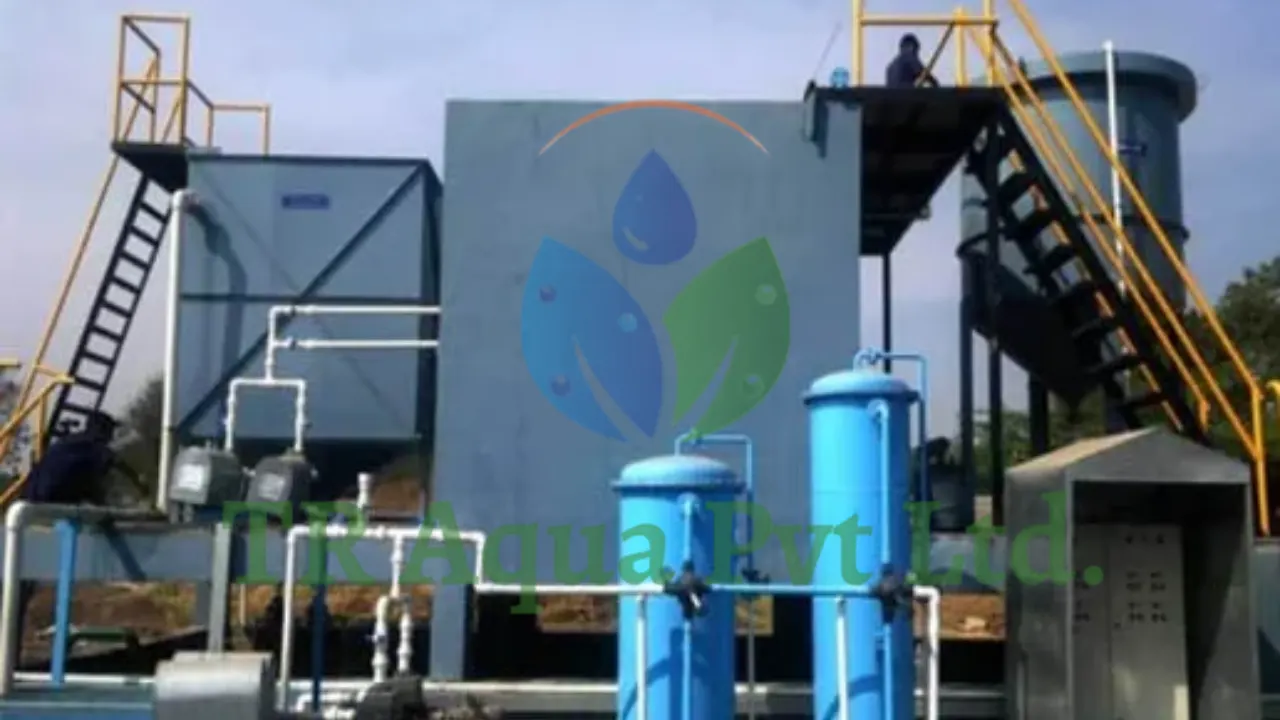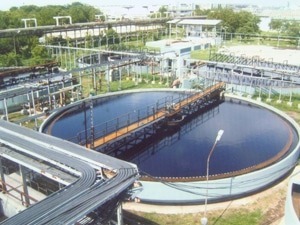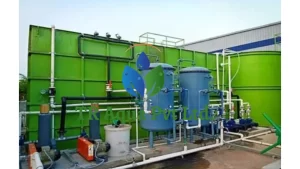In an age where environmental sustainability is becoming a key focus for industries, the sugar mill industry stands at a crucial juncture. As one of the largest agro-based industries in India and many other countries, sugar mills play a vital role in the economy. However, they also contribute significantly to water pollution due to the discharge of untreated sewage and effluents. This is where a Sewage Treatment Plant (STP) becomes not just necessary but essential for eco-friendly operations.
TR Aqua understands the unique challenges posed by the sugar industry and offers customized sewage treatment solutions that help mills comply with environmental regulations while promoting efficient water reuse.
Also Read : Effluent Treatment Plant For Automobile Industry
Why do we Need a Sewage Treatment Plant in Sugar Mills?
Sugar mills generate large volumes of wastewater through domestic activities, canteen waste, staff colonies, and other sources within the premises. In addition to industrial effluent, the sewage generated from human and domestic sources also contributes to the pollution load.
- This untreated sewage water contains:
- Organic matter
- Suspended solids
- Pathogens
- Nutrients like nitrogen and phosphorus
- Foul odor and discoloration
If not treated properly, this wastewater can lead to the contamination of nearby rivers, soil degradation, and adverse impacts on human and animal health. Implementing an efficient Sewage Treatment Plant for the sugar mill industry can significantly reduce these environmental risks.
What is a Sewage Treatment Plant (STP)?
A Sewage Treatment Plant is designed to treat and purify wastewater generated from domestic sources, making it safe for discharge into the environment or for reuse in gardening, flushing, or irrigation. In the context of the sugar mill industry, an STP helps manage sewage water generated by residential quarters, office complexes, staff housing, and other non-industrial activities.
Why Reuse or Recycle Water?
Although a large part of the Earth is covered by water, only a small fraction is freshwater—and most of that is locked away in the glaciers of Antarctica and Greenland. In fact, just around 1% of freshwater is readily accessible for human use. In our daily routines, water is mostly consumed for non-potable purposes like washing, bathing, and toilet flushing.
To reduce the growing pressure on freshwater resources, it’s crucial to treat sewage discharge from every facility and reuse the treated water for tasks such as toilet flushing, floor cleaning, and general washing. This not only conserves water but also supports sustainable living.
Advantages of a Sewage Treatment Plant
- Regulatory Compliance : With strict norms from the Central Pollution Control Board (CPCB) and State Pollution Control Boards (SPCBs), having an STP ensures that your sugar mill meets all environmental standards.
- Environmental Protection : Treating sewage water prevents contamination of nearby water bodies, protects biodiversity, and reduces the carbon footprint.
- Water Reuse : Treated sewage water can be reused for non-potable purposes like gardening, toilet flushing, and cooling, reducing overall freshwater consumption.
- Cost Efficiency : Investing in an STP helps save water bills in the long term by promoting recycling and reuse.
- Corporate Responsibility : Installing an STP demonstrates your sugar mill’s commitment to sustainability and responsible business practices.
How Does Sewage Treatment Plant Benefit the Sugar Factories?
A Sewage Treatment Plant (STP) offers numerous benefits to sugar factories, helping them operate efficiently while minimizing their environmental footprint. One of the primary advantages is wastewater management. Sugar factories generate significant volumes of sewage from staff colonies, canteens, and office spaces. If left untreated, this wastewater can pollute nearby water bodies and create health hazards. An STP treats this sewage effectively, removing harmful contaminants, organic matter, and pathogens.
By treating and recycling wastewater, sugar factories can reuse it for non-potable applications such as gardening, floor washing, cooling towers, and toilet flushing. This reduces the dependency on freshwater sources and contributes to water conservation—an increasingly critical factor in industrial sustainability.
Moreover, installing an STP ensures compliance with environmental regulations set by pollution control boards. This helps sugar factories avoid legal penalties and maintain a positive reputation as an environmentally responsible business.
Another benefit is sludge management, where the byproduct can be safely disposed of or even repurposed as fertilizer in sugarcane fields.
Overall, an STP not only supports sustainable operations but also leads to long-term cost savings, improved hygiene, and a cleaner working environment in and around the sugar factory premises.
Stages Of Sewage Treatment for Sugar Mill Industry
We don’t believe in a one-size-fits-all solution. We assess your sewage generation pattern, land availability, discharge norms, and operational needs to design a customized and efficient STP system. Here’s how a sewage treatment process in a sugar mill environment:
- Preliminary Treatment
Preliminary Treatment involves the removal of large debris, plastics, rags, and other coarse solids through screening. Grit chambers are used to settle sand and small particles that may damage equipment downstream. - Primary Treatment
Primary Treatment, sewage is allowed to settle in large tanks where heavier solids sink to the bottom, forming sludge, while oils and grease float on the surface. The clarified water is passed on to the next stage. - Secondary (Biological) Treatment
Secondary treatment is a biological process that uses microorganisms, primarily bacteria, to break down organic pollutants present in wastewater. This treatment typically takes place in aeration tanks, where an oxygen-rich environment is maintained to support microbial activity. As the microbes consume the organic matter, the concentration of pollutants is significantly reduced. - Tertiary Treatment
Tertiary treatment is the final stage in the wastewater treatment process, aimed at further improving the quality of the treated water. It involves advanced techniques such as filtration, chemical dosing, or additional biological processes to eliminate any remaining impurities. This step enhances water clarity, making it suitable for discharge or reuse. - Sludge Handling
The sludge collected from the primary and secondary processes needs to be treated further. Techniques like sludge thickening, dewatering, and drying are used. The dry sludge can be used as manure in sugarcane fields, closing the loop of sustainability.
Why Choose TR Aqua?
TR Aqua brings together technical expertise, industry-specific experience, and a commitment to sustainability. Our team has successfully implemented STP solutions in several agro-based industries, including sugar mills, across India.
We offer end-to-end services from design and installation to maintenance, quick commissioning and minimal downtime. We offer cost-effective and long-lasting solutions to operational support and Compliance with all regulatory norms.
Conclusion
As the sugar industry continues to grow, so does the responsibility to manage wastewater sustainably. Installing a Sewage Treatment Plant for the sugar mill industry is not just about compliance—it’s about building a greener future. We are proud to support sugar mills in achieving their environmental goals through reliable, efficient sewage treatment solutions.




